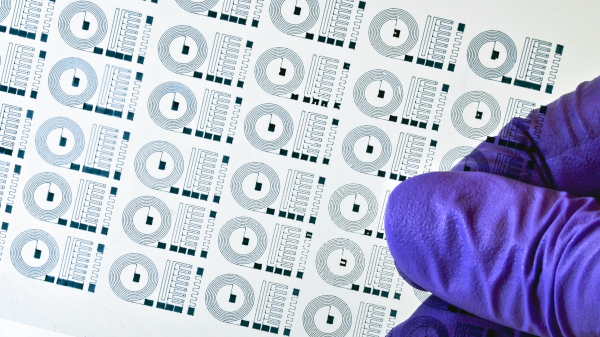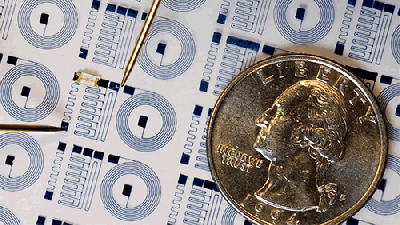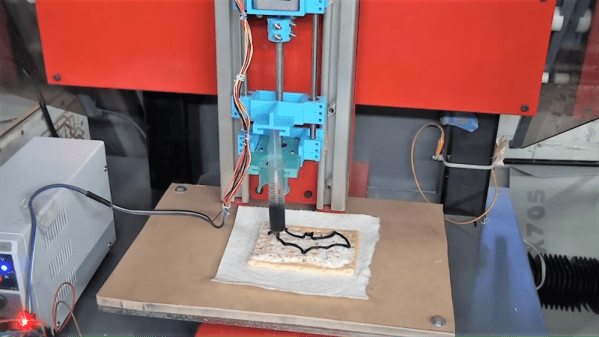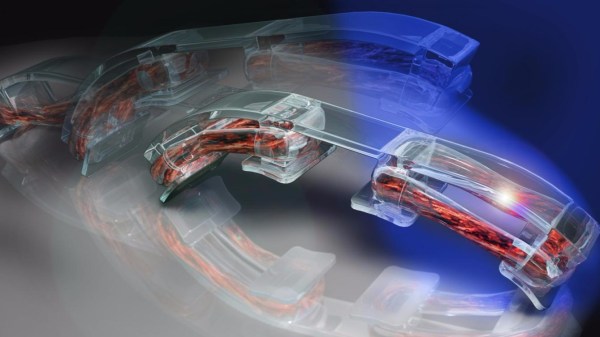The usual way to get biological tissues and materials like gels and metals to stick together is using sutures, adhesives or both. Although this generally works, it’s far from ideal, with adhesives forming a barrier layer between tissues and the hard or impossible to undo nature of these methods. A viable alternative might be electroadhesion using cation and anion pairs, which uses low-voltage DC to firmly attach the two sides, with polarity reversal loosening the connection with no permanent effects. This is what a group of researchers have been investigating for a few years now, with the most recent paper on the topic called Reversibly Sticking Metals and Graphite to Hydrogels and Tissues by [Wenhao Xu] and colleagues published this year in ACS Central Science.
This follows on the 2021 study published in Nature Communications by [Leah K. Borden] and colleagues titled Reversible electroadhesion of hydrogels to animal tissues for suture-less repair of cuts or tears. In this study a cationic hydrogel (quaternized dimethyl aminoethyl methacrylate, QDM) was reversibly bonded to bovine aorta and other tissues, with said tissues functioning as the anionic element. Despite demonstrated functionality, the exact mechanism which made the application of 3-10 VDC (80 – 125 mA) for under a minute (10+ seconds) cause both sides to bond so tightly, and reversibly, is still unknown. This is where the recent study provides a mechanism and expands the applications.















